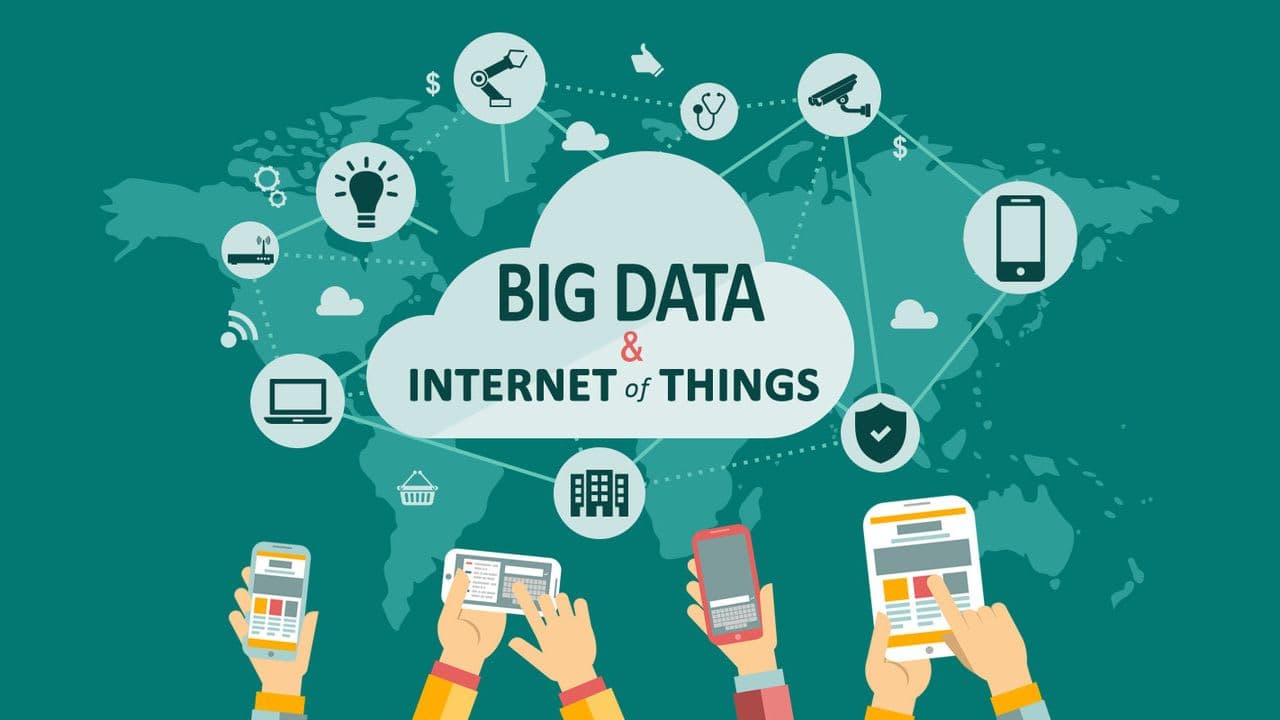How is IoT Related to Big Data Analytics?
The Errors of Big Data
We’re more fooled by noise than ever before, and it’s because of a nasty phenomenon called “big data.” With big data, researchers have brought cherry-picking to an industrial level.
Modernity provides too many variables, but too little data per variable. So the spurious relationships grow much, much faster than real information.
In other words: Big data may mean more information, but it also means more false information…
big data means anyone can find fake statistical relationships, since the spurious rises to the surface. This is because in large data sets, large deviations are vastly more attributable to variance (or noise) than to information (or signal). It’s a property of sampling: In real life there is no cherry-picking, but on the researcher’s computer, there is. Large deviations are likely to be bogus.
We used to have protections in place for this kind of thing, but big data makes spurious claims even more tempting. And fewer and fewer papers today have results that replicate: Not only is it hard to get funding for repeat studies, but this kind of research doesn’t make anyone a hero. Despite claims to advance knowledge, you can hardly trust statistically oriented sciences or empirical studies these days….
I am not saying here that there is no information in big data. There is plenty of information. The problem — the central issue — is that the needle comes in an increasingly larger haystack.
Source: Nassim N. Taleb, “Beware the Big Errors of ‘Big Data,'” Wired, February 2013

